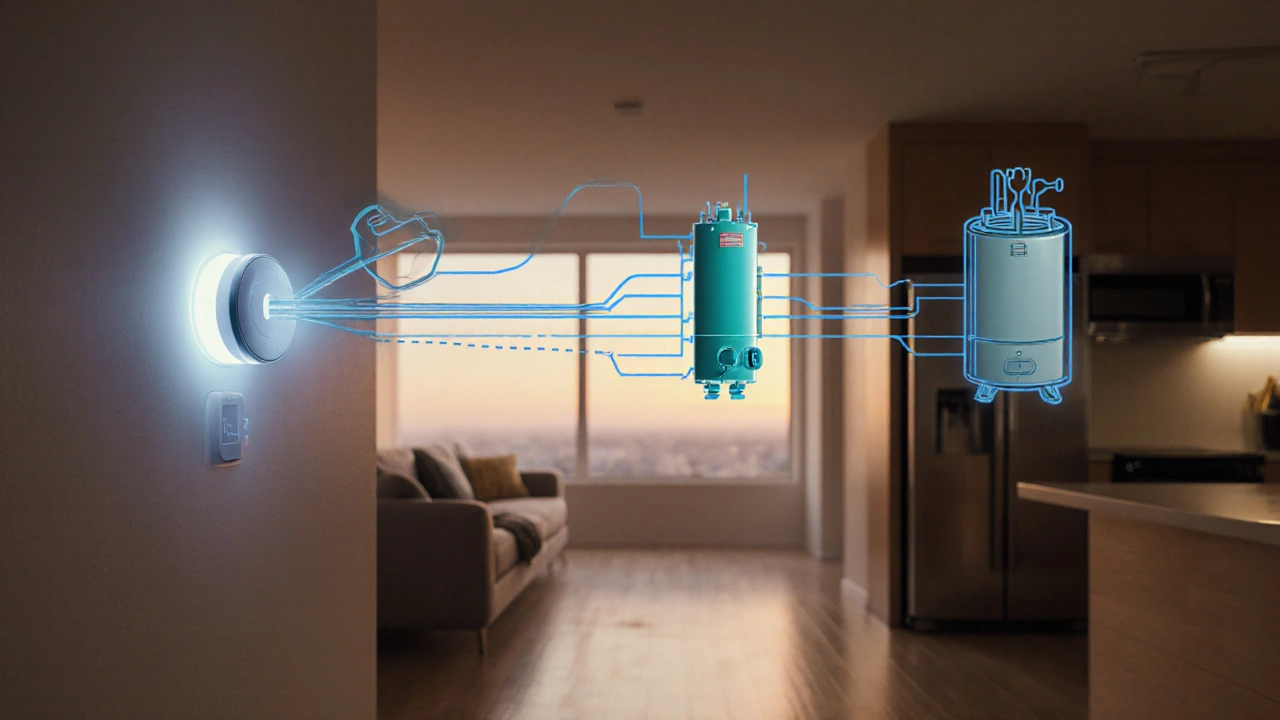When working with kWh, the kilowatt‑hour, the standard unit for tracking electricity usage over time. Also known as kilowatt hour, it lets you compare how much power different devices draw and directly connects to your electricity bill.
Next up is energy consumption, the total amount of electricity a home or appliance uses, usually expressed in kWh per day or year. Understanding this figure helps you spot which gadgets are energy hogs. For example, a 1500 W heater running for three hours uses 4.5 kWh, while a modern LED lamp might only add 0.05 kWh in the same period. By breaking down consumption per room or device, you get a clear picture of where to cut back.
That brings us to appliance efficiency, how effectively a device converts electricity into useful work, often shown by an ENERGY STAR rating or a seasonal energy efficiency ratio. Efficient appliances draw fewer kWh for the same output, translating into lower monthly costs. A high‑efficiency dishwasher, for instance, might need 0.7 kWh per cycle versus 1.2 kWh for an older model, extending its lifespan and reducing wear.
All of this ties directly into your electricity cost, the amount you pay for each kilowatt‑hour, which varies by provider and region. In the UK, the average price hovers around 34p per kWh, so shaving 10 kWh off a month saves roughly £3.40. By converting usage into money, you can set realistic budgeting goals and see immediate savings when you replace a power‑hungry air purifier with a more efficient model.
Another key concept is the power rating of appliances, usually listed in watts or kilowatts. This rating tells you the maximum power draw at any moment, while the kWh figure shows cumulative use. For portable air conditioners, a 1500 W unit can cool a small room, but if you run it eight hours daily, you’ll rack up 12 kWh—enough to noticeably bump your bill. Matching the right power rating to your space avoids over‑consumption.
Practical budgeting starts with tracking your daily kWh. Smart plugs or home energy monitors give real‑time readings, letting you spot spikes the moment a device behaves oddly. When you notice a sudden jump, check whether a filter needs cleaning or a motor is aging—just like our guide on dishwasher lifespan suggests watching for performance drops that raise energy use.
Our collection of guides dives deep into these topics. Want to know if a single air purifier can cover an entire house? Learn how CADR and room size affect kWh demand. Curious about the true cost of running a portable AC 24/7? We break down watts, runtime, and electricity price to show you the exact kWh impact. Exploring the best air fryer size? We compare cooking power and energy draw, so you pick the model that fits both your kitchen and your budget.
Below you’ll find the full set of articles that tie kWh to real‑world decisions, from microwaves to vacuum cleaners. Each piece offers clear numbers, tip‑filled checklists, and easy steps to help you shrink your energy footprint while still enjoying the gadgets you love.

Discover which home appliances consume the most electricity, see average kWh usage, and learn practical steps to cut your power bill.